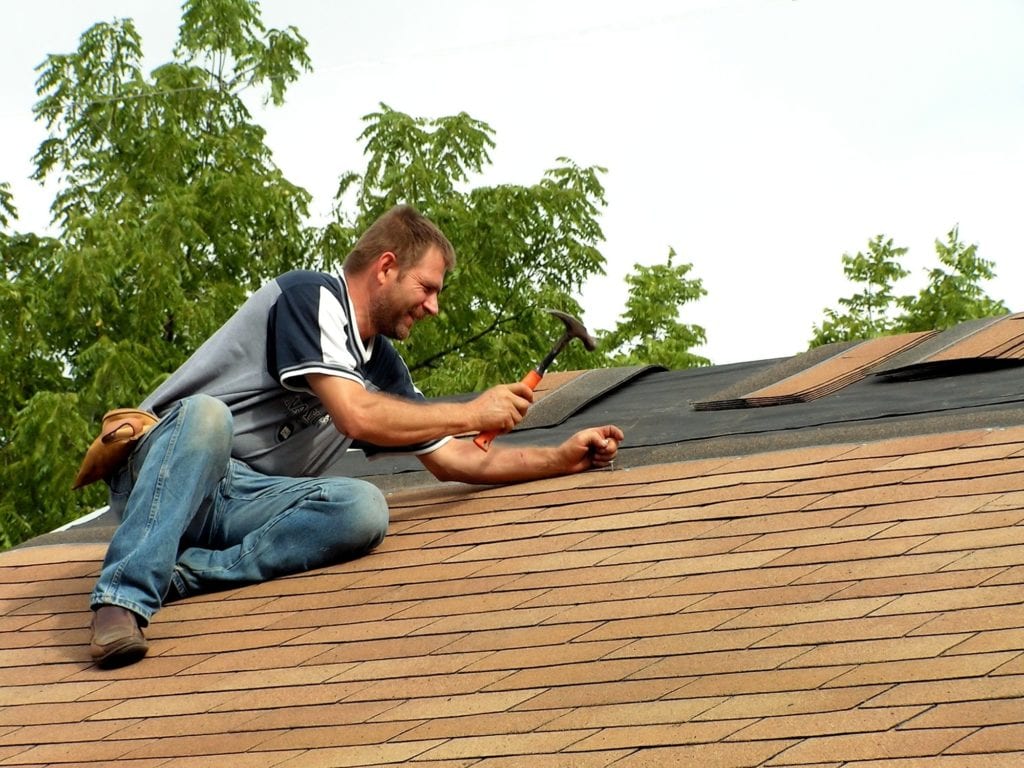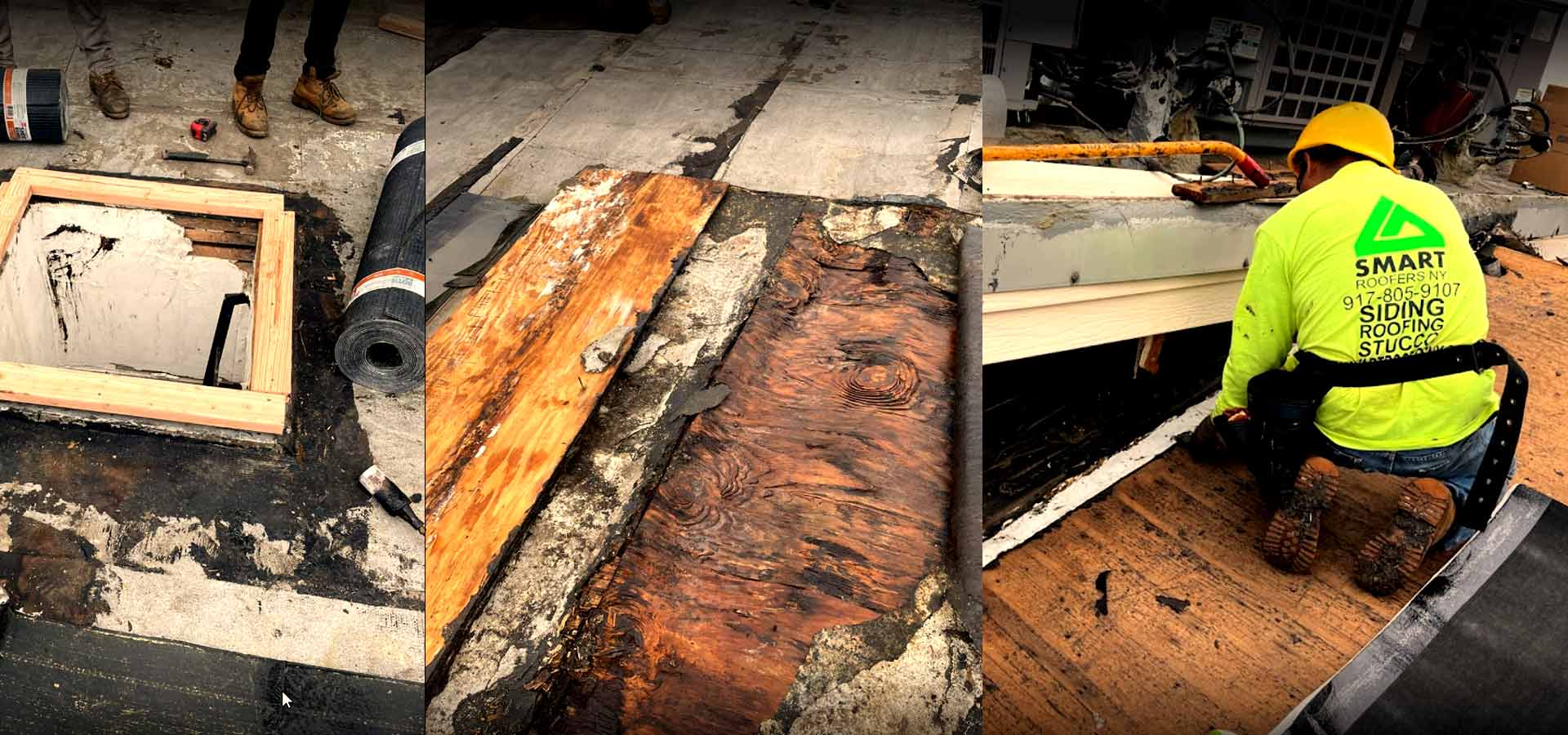Comprehending the Different Kinds Of Roofings: A Comprehensive Overview for Homeowners
In the world of homeownership, choosing the proper roof design is a choice that brings considerable ramifications for both capability and visual charm. With a variety of choices-- varying from the standard gable to the contemporary flat-- each type presents unique advantages and challenges that should align with the homeowner's specific demands and ecological factors to consider. Understanding these differences not just help in making an educated choice but also affects lasting upkeep and power effectiveness. As we explore the intricacies of numerous roof covering types, it becomes evident that size does not fit all; the right selection may surprise you.
Saddleback Roof
Gable roofings, characterized by their triangular form, are among the most preferred roofing designs due to their simpleness and effectiveness in dropping water and snow. This layout features two sloping sides that fulfill at a ridge, permitting for efficient drain and minimizing the danger of water accumulation. The steep pitch commonly related to gable roofing systems boosts their capability to handle hefty precipitation, making them appropriate for various climates.
Along with their practical benefits, saddleback roofs use aesthetic convenience. They can be adapted to different architectural styles, from standard to modern homes. The style can also suit additional features such as dormer windows, which improve all-natural light and air flow in the attic room room.
Moreover, gable roofing systems offer adequate room for insulation, adding to energy efficiency. House owners can select from a selection of roof covering products, consisting of asphalt roof shingles, steel, and ceramic tiles, additionally boosting modification options.
Despite their advantages, saddleback roofs might call for added assistance in locations vulnerable to high winds or hefty snowfall. On the whole, the saddleback roof remains a favored choice due to its mix of capability, durability, and visual allure.
Apartment Roofs
Level roof coverings are often identified for their minimal design and useful applications, especially in commercial and industrial setups (oahu roofing). These roof coverings feature a virtually horizontal or straight surface, which enables very easy building and construction and versatile space application. While they might lack the aesthetic appeal of angled roofs, level roofings offer various advantages, especially in urban environments where maximizing room is important
Among the main benefits of level roofing systems is their ease of access. Homeowners can use the roof room for various objectives, such as rooftop gardens, balconies, or solar panel installments. Additionally, level roofs are normally more economical to mount and keep contrasted to their sloped counterparts, as they need less materials and labor.
Common materials utilized for flat roofing systems consist of built-up roof covering (BUR), changed asphalt, and single-ply membrane layers, each offering distinct benefits. In general, flat roof coverings offer as a versatile and useful option for several house owners and businesses alike.
Hip Roof Coverings
Hip roofs are characterized by their sloped sides that assemble at the top, forming a ridge. This design is distinctive from gable roof coverings, as all 4 sides of a hip roofing slope downwards toward the wall surfaces, supplying a much more stable structure. The angle of the inclines can differ, permitting versatility in building aesthetics and capability.
Among the primary advantages of hip roof coverings is their capability to endure heavy winds and damaging weather. The sloped surface areas allow better water drain, minimizing the risk of leaks and water damages. Additionally, hip roofs supply boosted attic room, which can be used for storage or perhaps converted right into habitable locations.
Nevertheless, constructing a hip roof covering can be a lot more complex and pricey than easier roof kinds, such as saddleback roofs. The additional product and labor associated with producing the slopes and making sure proper structural integrity can cause greater costs. Regardless of these disadvantages, many house owners favor hip roofing systems for their durability, aesthetic allure, and potential for power performance.
Mansard Roofing Systems
Mansard roofings, often acknowledged by their unique four-sided design, feature 2 slopes on each side, with the lower slope being steeper than the upper. This building design, stemming from France in the 17th century, is not only visually enticing yet functional, as it makes the most of the functional area in the top floorings of a structure. The high lower slope enables even more clearance, making it a perfect option for lofts or have a peek at this site attics, which can be exchanged living areas.
Mansard roof coverings are identified by their versatility, accommodating various architectural styles, from traditional to modern. They can be constructed with different materials, consisting of asphalt tiles, slate, or steel, giving homeowners with a range of alternatives to match their choices and spending plans. Furthermore, the design permits the integration of dormer home windows, boosting all-natural light and ventilation in the upper levels.
However, it is vital to take into consideration the possible downsides. Mansard roof coverings might require even more upkeep as a result of the intricacy of their style, and their high inclines can be testing for snow and rain overflow. In general, mansard roofs combine elegance with practicality, making them a prominent option amongst house owners looking for unique architectural functions.
Dropped Roof Coverings
As home owners significantly seek simplicity and capability in their architectural layouts, dropped roofs have actually emerged as a preferred option. Characterized by a solitary sloping plane, a shed roof covering provides a minimal visual that complements numerous home styles, from contemporary to rustic.
One of the key advantages of a shed roof covering is its straightforward building and construction, which typically translates to reduce labor and product costs. This style enables efficient water drain, lowering the danger of leakages and water damages. Furthermore, the upright slope offers enough area for skylights, boosting natural light within the interior.
Lost roofing systems additionally offer adaptability in regards to usage. They can be successfully incorporated into enhancements, garages, or outside frameworks like pavilions and sheds. In addition, this roofing system design can suit various roofing materials, consisting of steel, asphalt tiles, or perhaps green roofing systems, lining up with environmentally friendly efforts.
Nonetheless, it is essential to think about local environment problems, as hefty snow loads may require changes to the roof covering's angle or framework. click to find out more On the whole, shed roofs present a practical and aesthetically pleasing option for property owners wanting to optimize performance without jeopardizing style.
Verdict


Gable roofings, characterized by their triangular form, are among the most prominent roofing designs due to their simplicity and efficiency in shedding water and snow. oahu roofing. The steep pitch generally connected with gable roof coverings enhances their capability to take care of hefty precipitation, making them ideal for various environments
While they may do not have the aesthetic allure of pitched roofing systems, flat roofings offer countless advantages, particularly in urban atmospheres where optimizing room is important.

Comments on “Roofing Companies Oahu: Trusted Specialists for Your Roofing Needs”